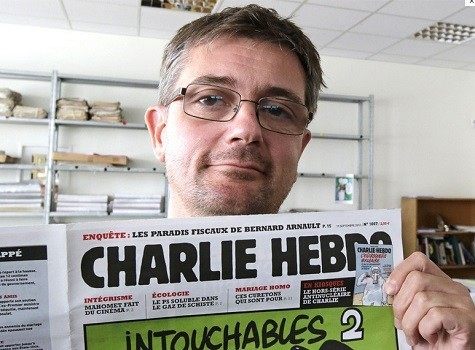Charlie Hebdo editor, Stephane “Charb” Charbonnier, refused to bow to the demands of Western heads-of-state, many of whom urged the journalist to stop publishing pictures of Prophet Muhammad on his newspaper’s pages. He also remained defiant after al-Qaeda reportedly placed his name on an “enemies of Islam’s Prophet Muhammad” hit list.
Charbonnier was among the ten journalists tragically murdered Wednesday when Islamic gunmen raided his offices at Charlie Hebdo. The jihadi terrorists reportedly asked for specific cartoonists and editors by name, including Charbonnier, before executing them.
The office of Charlie Hebdo was firebombed in 2011 after the magazine published an issue titled “Charia (Sharia) Hedbo,” which was said to be “guest edited” by Islam’s Prophet Muhammad.
In 2012, the Obama administration criticized the paper for its “judgment” in publishing the cartoons that mock Islamic radicals. “We are aware that a French magazine published cartoons featuring a figure resembling the [P]rophet Muhammad, and obviously we have questions about the judgment of publishing something like this,” White House Press Secretary Jay Carney said at the time. He added, “We know these images will be deeply offensive to many and have the potential to be inflammatory.”
In 2013, Charb was placed on al-Qaeda’s “wanted persons” list after the jihadi group said he carried out the “greatest imaginable crime of insulting the Prophet Muhammad,” according to reports.
Charlie Hebdo and its editor-in-chief would not be deterred. Whether the pressure came in the form of criticism from world leaders, or from their entry on an al-Qaeda hit list, Charb and his team remained true to their principles.
Two years ago, Charbonnier explained why he continued, despite threats to his magazine, to publish cartoons criticizing Islam. He said, “I prefer to die standing than to live on my knees.”

COMMENTS
Please let us know if you're having issues with commenting.